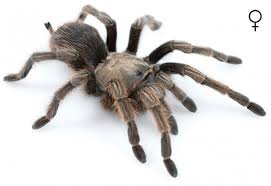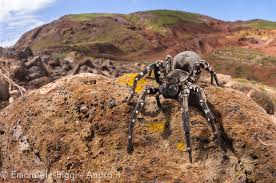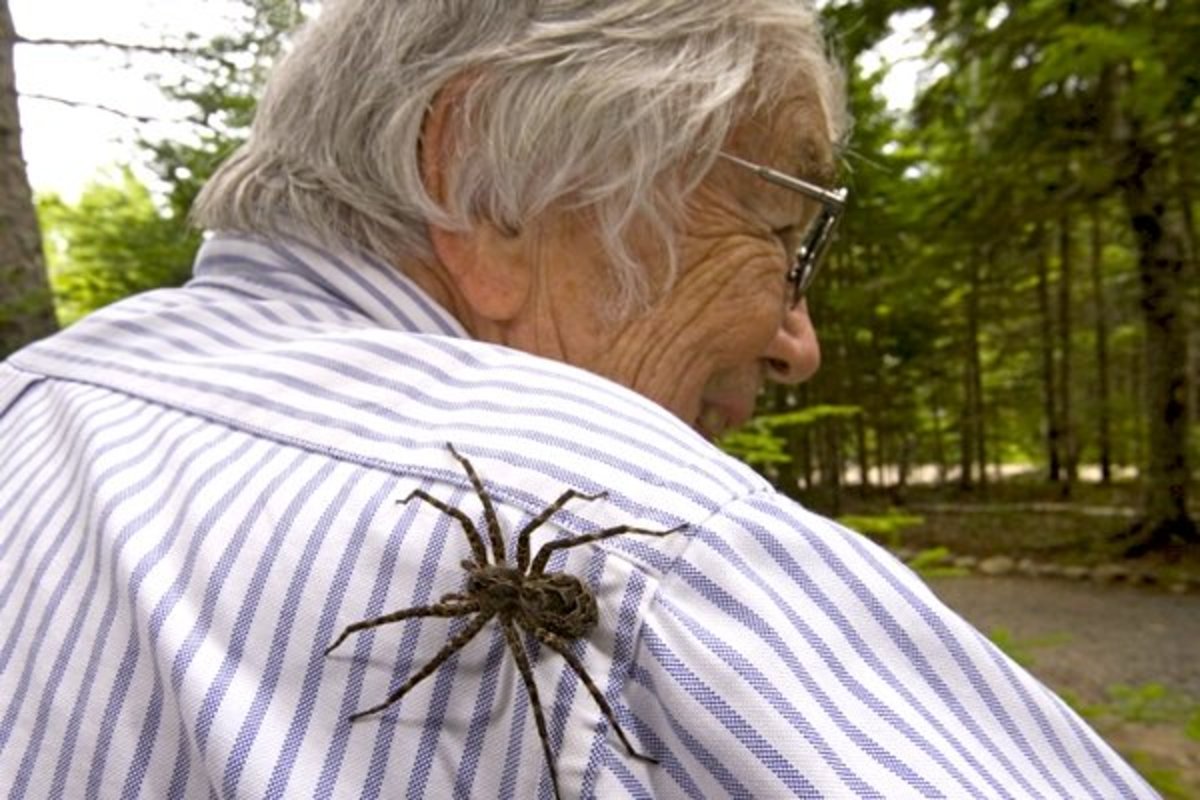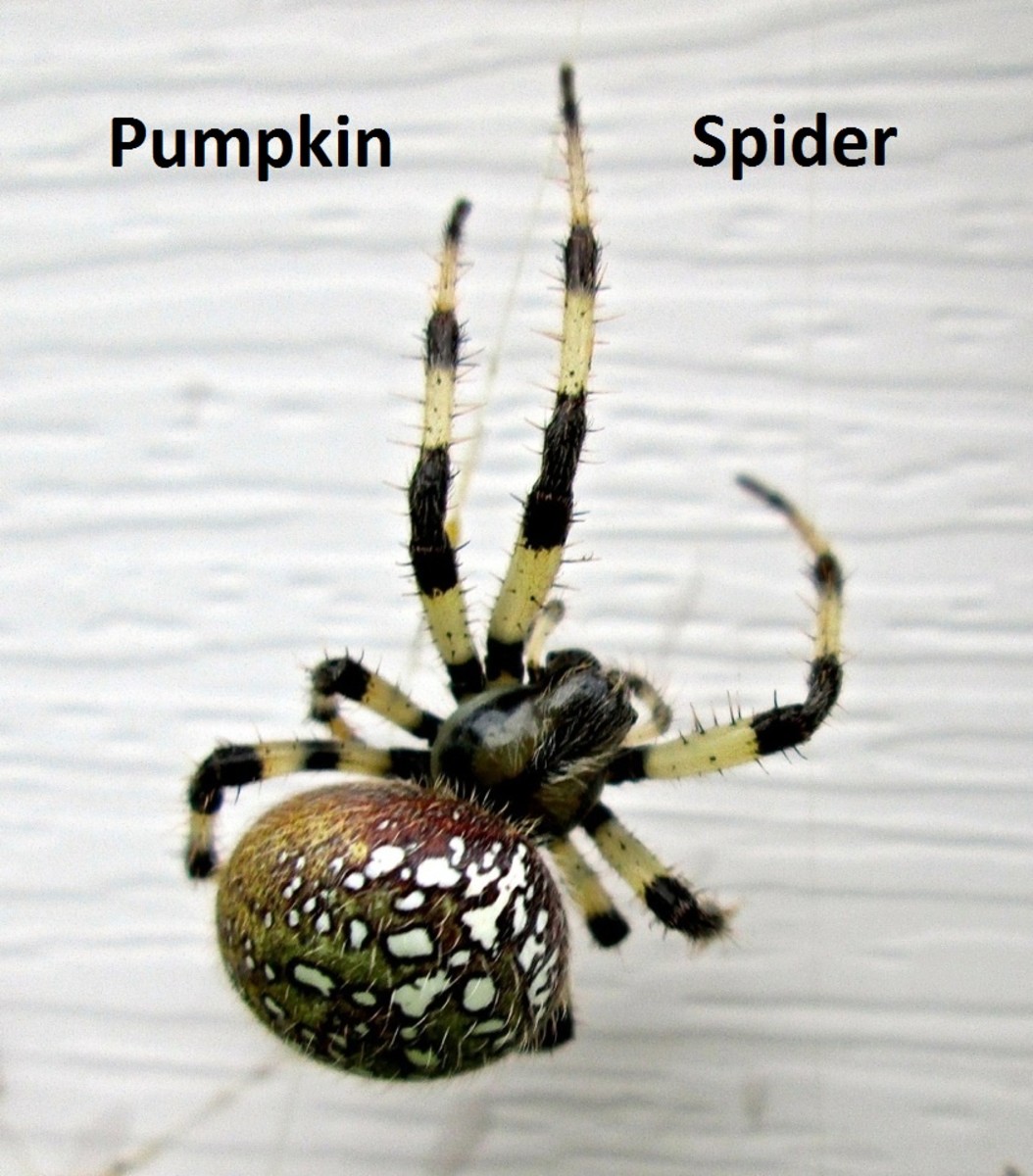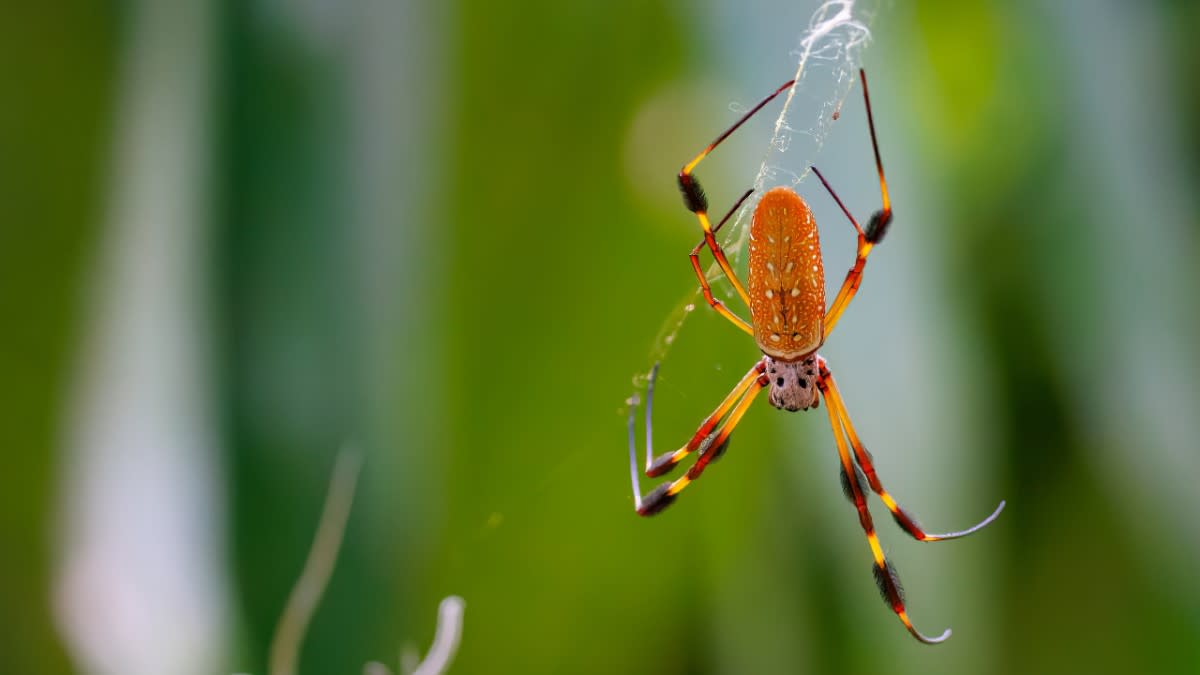- HubPages»
- Education and Science»
- Life Sciences»
- Entomology
An Amazing Spider, Hogna Ingens, The "Desertas Wolf," World's Largest of Type.
Spiders are beautiful and efficient, but often threatened.
Click thumbnail to view full-size





Madeira Archipelago: Home of world's largest Wolf Spider
Madeira Wolf Spider
It has been a little quiet in the world wide web of spiders of late, but two species have been getting some attention recently. The first, a chap I want to showcase today is rare, threatened, little known and has the distinction of being the largest Wolf Spider on the planet.
South of Europe and West of Africa lies the Portugese Madeira Archipelago. One of the islands is Deserta Grande, a chunk of rock a few miles wide with little to attract attention except for its arachnids, also called Desertas Wolf Spiders, (Lycosa Hogna ingens), found in just one valley on the island, (Castanneira) and nowhere else in the wide world.
The Desertas Wolf has been known to science since 1857 when it was documented by a John Blackwall, but little attention was paid to the creature until the last few years due, as much as anything, to the spider having been put on the endangered list.
Its precarious existance today is due mainly to the introduction of goats and rabbits and specifically the grass also brought in to feed them - Phalaris Aquatica - which has spread like a carpet, blocking the spider's easy movement and entry to the holes under rocks, etc., where they make their nests, and also hindering the proliferation of the spider's prey.
Little has caused more woe to the creatures of this planet than mankind's mindless introduction of a new species into an established ecostructure, the denizens of which prove defenceless against the new arrival's predation or needs.
Fortunately for Desertas, it is comprehensively protected by the local administration and world animal's rights groups. You cannot visit this tiny island without warranted permission; this, after maggot-minded collectors and the pet trade made attempts to smuggle out specimens.
There are only about 4,000 of the spiders left on the island; down 400 in the last two years. Does that matter, you ask?. If you don't know the answer to that question, you probably never will, and the same argument could probably be applied to you. In truth, we don't know precisely how much it matters to the island - or the world's ecology. But this writer, for one, is anguished to see so many species becoming extinct year on year, just for the expanding needs of a nasty, successful ape of whom there are far too many in the world already!
This is truly an outstanding example of evolution's "spider sense". The female spider has up to four inches leg span, as much as some tarantulas; the male, smaller. It is grey and black colored with white spots. Desertas is not pugnacious but will defend its young, (often covering the female's back) and has large fangs which will penetrate human skin easily. Its venom is not life-threatening to man, but very painful with localised swelling. You are better off not testing this creature's defence mechanism. (Although its venom has been proven non-necrotic, unlike the Recluse spider, for example; an accusation slandering the creature's character in the past).
Desertas preys on insects such as migratory grasshoppers, millipedes, even small lizards and birds and is often cannibalistic with its own kind. This is why this spider has venom of high toxicity; arresting swiftly moving and relatively powerful prey takes a hefty knock-out punch.
The US has one other wolf spider approaching Desertas in size, the North American Carolina's Hogma, often kept by collectors and fairly harmless.
People always ask if this spider or that spider is venomous. The answer is: They all are. But 99% do not bite humans and may not be able to penetrate our hide. But a little money-spider, to us, a mere curiosity to be allowed to run around our hands and arms, is hell on wheels to a bed bug or a spider mite!
Is Johnny Cash turning in his grave?...
...because the other arachnid making the news this week is the recently discovered "Aphonopelma johnnycashi." As it is a black tarantula, and some were found by Folsum Prison, it was natural to name it after the famous country and western star, Cash: (who entertained convicts there; commonly wore all black and made many people nervous, until they found out what a softie he really was!)
Actually, the new tarantula may be less a new arrival than one which has been re-classified along with 14 other tarantulas in this part of the world due to the upheaval in arachnid classification over the last few years. (Some scientists postulate that we have only documented about one half of the world's spiders - the other half remain as yet unknown).
Evidently, Cash's namesake is not dangerous to humans - except anyone calling it "Sue.!"


